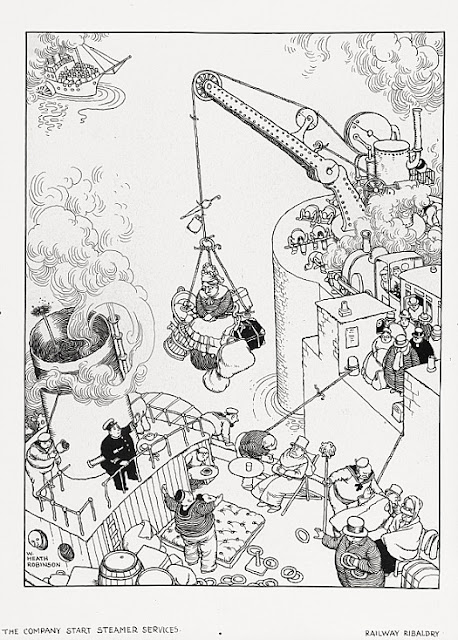Here's all about my new book,
Joseph and the Three Gifts: An Angel’s Story...
It was, quite simply, a gift – a Christmas gift – given to me in Venice in the festival days of last December.
I was in that ancient and beautiful city, long known by the grandiloquent title of La Serenissima, in order to celebrate Christmas and New Year and, between whiles, to work on a book about Venice.
This was not a commission and, like many professional writers, the book I wanted to write (but for which I did not yet have a publisher) kept being postponed in favour of writing for bread. There are, of course, more than enough books about Venice already and mine was – and remains – a potentially difficult project to sell since it is neither a guidebook nor a history, art or cookbook but, rather, a collection of essays about people, places, themes and ideas.
Anyway, I had, to my great pleasure, succeeded in writing one or two new pieces when another idea came my way, suddenly and unbidden, elbowing the Venice book aside and insistently demanding to be considered.
It all began in one of the great churches of Venice, the Basilica di Santa Maria Gloriosa dei Frari (more simply known as The Frari), celebrated for housing the monumental tomb of Antonio Canova and Titian’s ecstatic ‘Assumption of the Virgin’.
Every Christmas, the Frari displays a large-scale Christmas diorama of a Bethlehem village jam-packed with houses, inns, shops, wells and watermills with a cast of automata people and animals. Lighting effects continually transform the scene from day to night and back again to an accompanying soundtrack of sacred music.
Finding the Holy Family was, at first, a challenge among the vista of blacksmiths hammering at their forges, potters hunched over their wheels, bread-makers busy at their ovens, children fishing in the stream and housewives hanging out their washing.
Then I saw them: Mary gently rocking her newborn baby and, every few minutes, rising to her feet to hold out the Christ Child for the adoration of a couple of kneeling shepherds. Just behind her, stood Joseph; unlike the animated Mary, he was simply an immobile figure from a nativity set – in attendance, but absolutely not the focus of attention.
This triggered a recollection, from a few weeks earlier, of a visit to an exhibition devoted to the work of Edward Burne-Jones, where I had sat for some time contemplating his elaborate tapestry, The Adoration of the Magi. Once again, Joseph was there – in the picture – but over to one side, approaching the stable with a bunch of kindling and bowing his head in awe before the glorious brilliance of a mid-air angel and the dazzling splendour of the three distinguished visitors.
These two experiences fidgeted in my brain until, one still and sleepless Venetian night, they formed themselves into a series of questions: why doesn’t Joseph figure more prominently in the story in the nativity – always present, even singled out with a halo to indicate his holiness – but for ever a marginal figure, glimpsed on the side-lines, left in the shadow cast by the radiance and wonder of the Incarnation.
What sort of man was he, this Joseph? What was it in the character of this humble carpenter from Nazareth that led to his being chosen as foster-father to the Son of God?
What was his reaction to the discovery that his fiancé was pregnant and how did he cope with the inevitable shame and embarrassment? And, having endured that dishonour, how did he handle the many mysterious events attending that Nativity with which we are all so universally familiar from the greatest masterpieces of art down to the cards, carols and cribs of our annual Christmastides?
What were Joseph’s feelings observing the inexplicable adoration of shepherds and Magi? And what did he make of those three curious, portentous gifts that the Wise Men from the East laid at the feet of his wife and child?
And, very specifically, whatever became of those gifts?
Even as I wrote down these and the other questions that were teeming through my brain, I was surprised to find a series of answers – or, at least, possible answers – bubbling to the surface of my mind, provided by someone who was intimately involved with the events of the first Christmas and who witnessed the following thirty-something years that eventually led to the passion and glory of Easter –– the Archangel Gabriel.
Once this unexpected Venetian Christmas gift had been given, all that was left to do was to listen to the angel and write the story down.
Joseph and The Three Gifts: An Angel’s Story with decorations by Henry Martin is published in hardback by Darton, Longman & Todd, priced £9.99
And here's an interview with me in this week's edition of
The Church Times...
Photo of Brian Sibley by David Weeks





























































